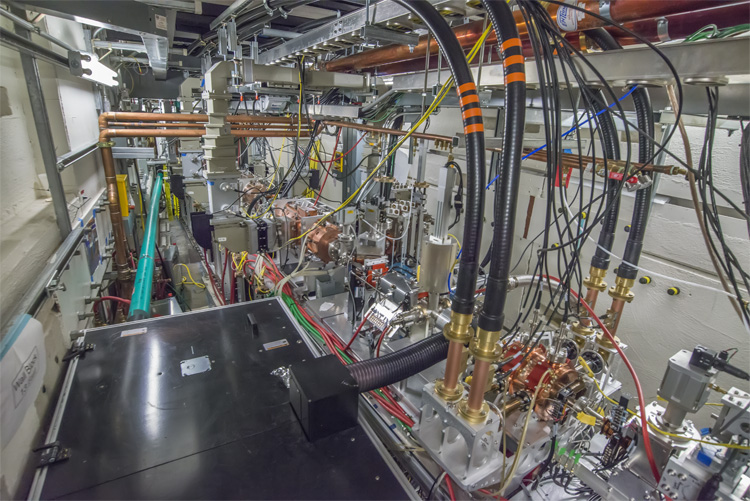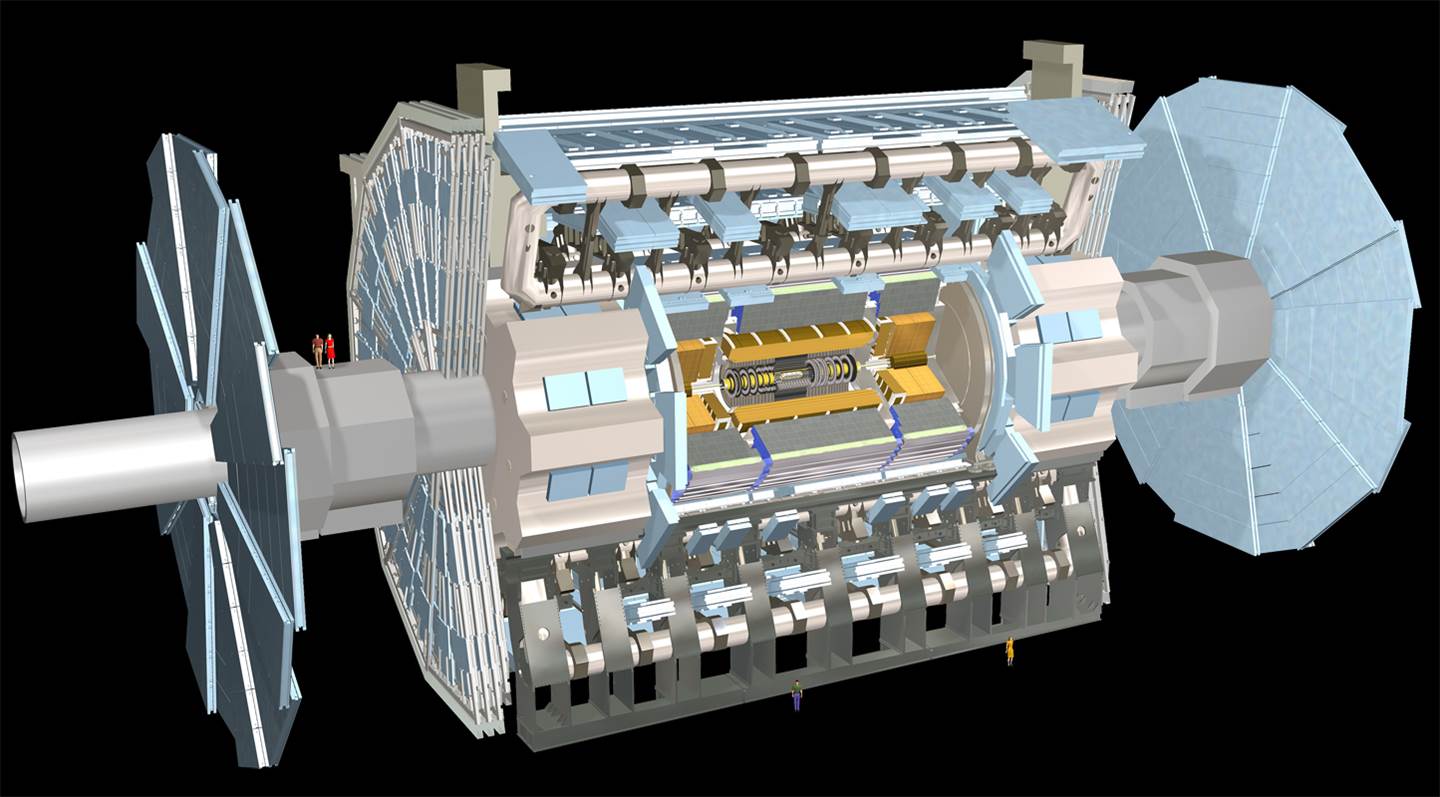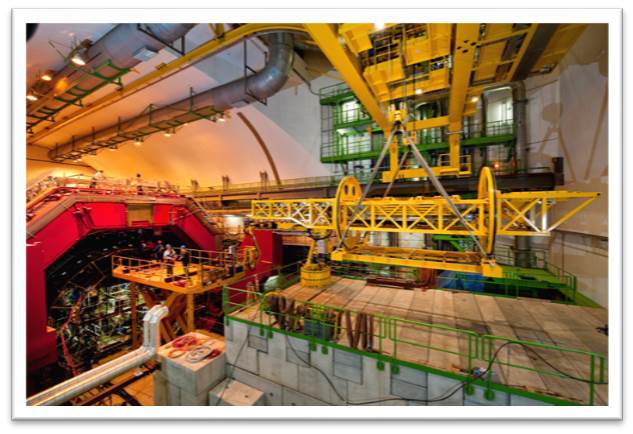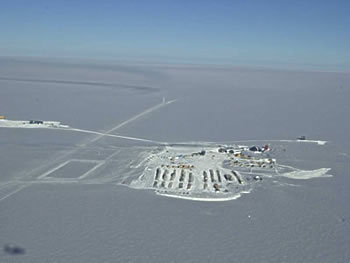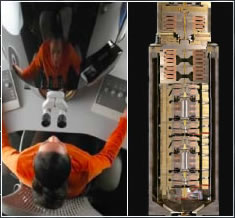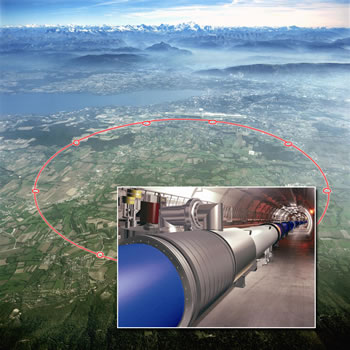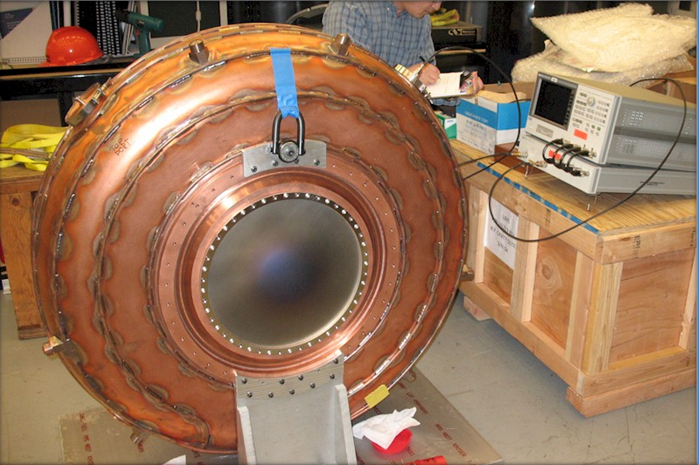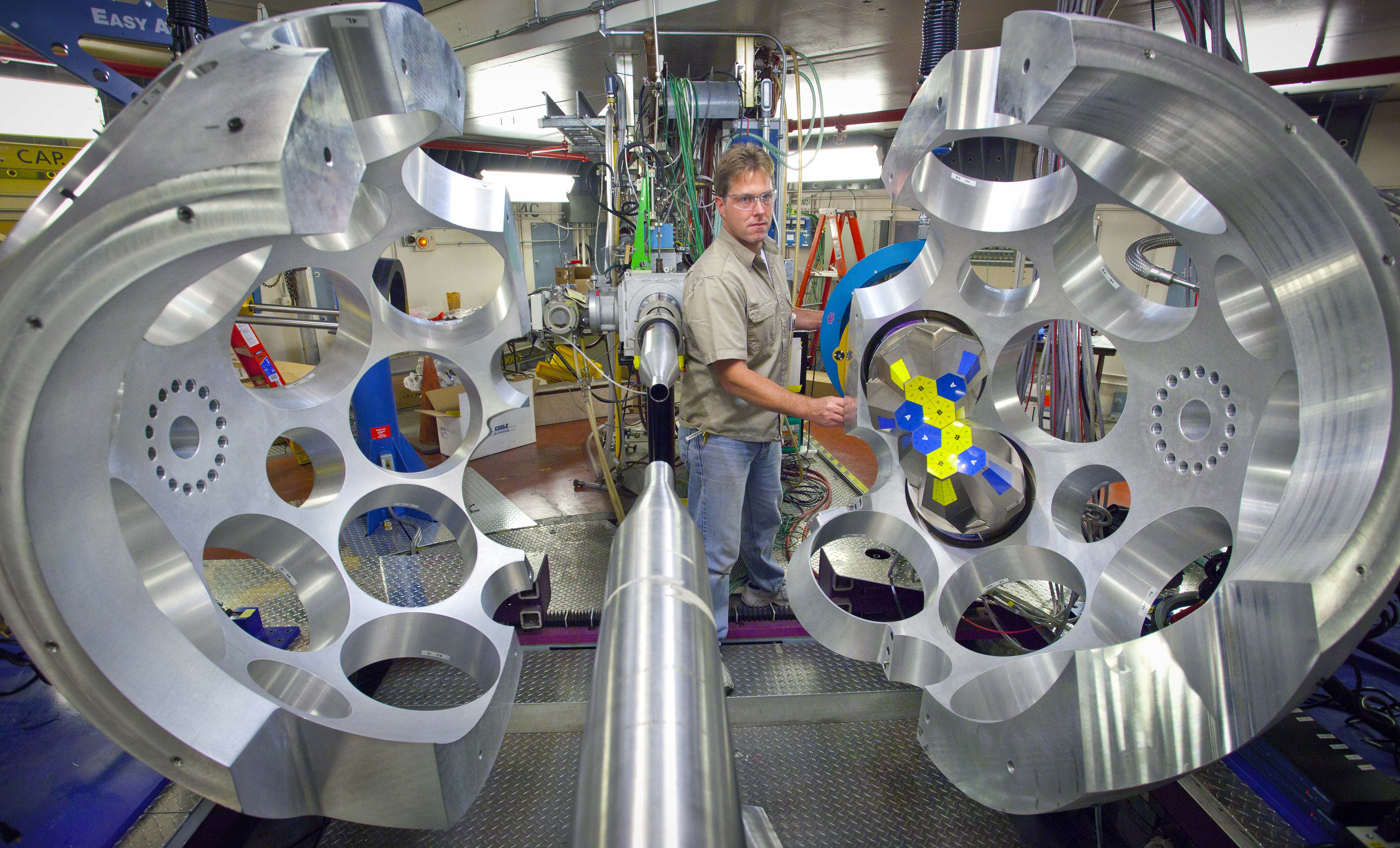Advanced Light Source (ALS), Lawrence Berkeley National Laboratory, Berkeley, CA
The Advanced Photo-injector EXperiment (APEX) is dedicated to demonstrating the capability of an electron injector based on a new concept RF gun developed at Berkeley Lab to deliver the beam quality required by next generation free electron laser (FEL) facilities. The APEX gun is a normal-conducting continuous wave (CW) RF gun where electrons are generated by laser-induced photo-emission on high quantum efficiency (QE) cathodes. The electrons are subsequently accelerated up to the nominal energy of 750 keV. The low frequency makes the resonator size large enough to lower the power density on the cavity walls at a level that conventional cooling techniques can be used to run in CW mode, while maintaining the high accelerating fields required for the high brightness performance. In addition, the low frequency allows to use large apertures on the cavity walls without significant field distortion, therefore enabling efficient vacuum pumping and prolonging the lifetime of the sensitive high QE photo cathodes. The gun cavity resonates at 186 MHz, the 7th sub-harmonic of 1.3 GHz or the 8th sub-harmonic of 1.5 GHz, the two dominant superconducting linac technologies for next generation FEL facilities.
